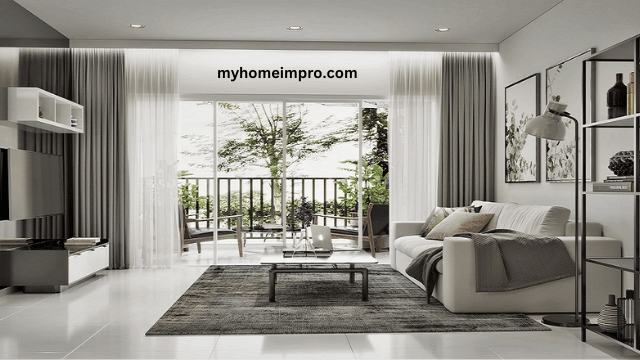Are you in the process of buying a new home or renting an apartment? If so, you’ve likely come across the term “super built-up area” in property listings and contracts. But what exactly does it mean, and why is it important for you as a homebuyer or renter? In this guide, we’ll break down the concept of super built-up area in simple terms, helping you make more informed decisions about your next property investment.
What is Super Built-Up Area?
Table of Contents
Super built-up area refers to the total area of a property, including the built-up area (the area covered by the walls) and a proportionate share of common spaces such as corridors, staircases, lobbies, and amenities like swimming pools or gymnasiums. Essentially, it encompasses all the space you have access to within the building, including shared areas outside of your individual unit.
Why Does Super Built-Up Area Matter?
Understanding the super built-up area is crucial because it directly impacts the pricing and functionality of a property. When you’re comparing different properties or assessing their value for money, knowing the super built-up area allows you to make fair comparisons and evaluate whether you’re getting the space you need for your investment.
How is Super Built-Up Area Calculated?
The calculation of super built-up area can vary depending on local regulations and practices, but it typically involves adding the built-up area of your individual unit to a proportionate share of common areas. This proportion is often calculated based on factors like the number of units in the building or the floor area ratio (FAR) determined by local authorities.
Tips for Evaluating Super Built-Up Area:
- Ask for Clarity: If you’re unsure about the super built-up area mentioned in a property listing, don’t hesitate to ask the seller or real estate agent for clarification. It’s essential to have a clear understanding of what’s included in the calculation.
- Consider Your Needs: Think about how you intend to use the space within your property. If certain amenities or common areas are essential to you, make sure they’re accounted for in the super built-up area.
- Verify Documentation: Before finalizing any property transaction, carefully review the legal documents, including the sale deed and floor plans, to ensure that the super built-up area mentioned aligns with your expectations.
Conclusion:
In conclusion, super built-up area is a key consideration for anyone looking to buy or rent a property. By understanding how it’s calculated and what it encompasses, you can make more informed decisions and ensure that you’re getting the most value out of your investment. If you have any further questions about super built-up areas or real estate in general, feel free to reach out to us. Happy house hunting!

